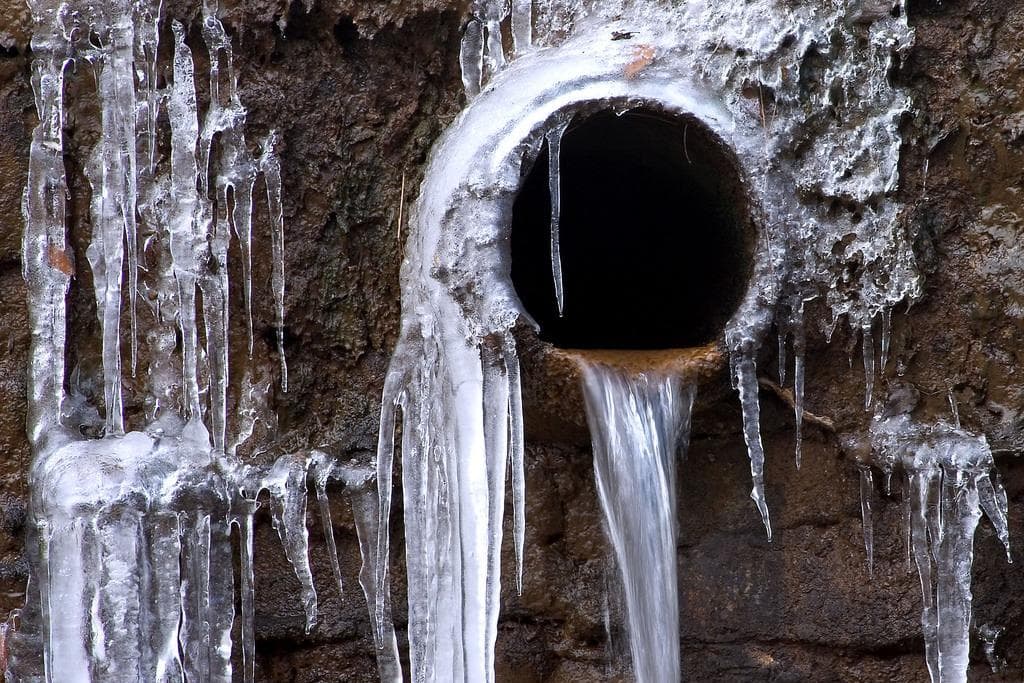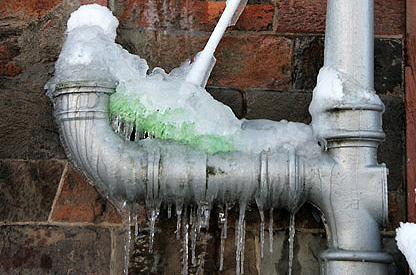Avoiding Frozen Pipes: Top Methods for Cold Weather
Avoiding Frozen Pipes: Top Methods for Cold Weather
Blog Article
Just about everyone maintains their personal way of thinking with regards to Winter Plumbing Precautions: Preventing Frozen Pipes.

Cold weather can ruin your plumbing, particularly by freezing pipes. Here's exactly how to prevent it from happening and what to do if it does.
Introduction
As temperatures drop, the threat of frozen pipelines increases, potentially resulting in expensive repairs and water damages. Comprehending how to avoid frozen pipelines is critical for homeowners in cool environments.
Avoidance Tips
Protecting prone pipes
Wrap pipelines in insulation sleeves or use warmth tape to safeguard them from freezing temperatures. Concentrate on pipes in unheated or external areas of the home.
Heating methods
Maintain interior areas sufficiently heated up, particularly locations with pipes. Open closet doors to enable cozy air to flow around pipes under sinks.
How to identify icy pipes
Try to find lowered water flow from taps, uncommon smells or noises from pipelines, and noticeable frost on exposed pipes.
Long-Term Solutions
Structural adjustments
Think about rerouting pipelines far from outside walls or unheated areas. Include additional insulation to attics, basements, and crawl spaces.
Upgrading insulation
Buy top quality insulation for pipelines, attic rooms, and wall surfaces. Correct insulation helps keep constant temperatures and reduces the threat of icy pipes.
Safeguarding Outdoor Pipes
Garden pipes and exterior taps
Detach and drain pipes garden hoses before winter season. Install frost-proof spigots or cover outdoor taps with shielded caps.
Understanding Icy Pipelines
What creates pipes to freeze?
Pipelines ice up when subjected to temperatures listed below 32 ° F (0 ° C) for extended durations. As water inside the pipelines freezes, it increases, putting pressure on the pipeline walls and potentially triggering them to rupture.
Dangers and problems
Icy pipelines can bring about supply of water interruptions, home damage, and pricey repairs. Ruptured pipes can flooding homes and cause comprehensive structural damage.
Indications of Frozen Pipes
Determining icy pipes early can prevent them from rupturing.
What to Do If Your Pipes Freeze
Immediate activities to take
If you believe frozen pipelines, keep faucets available to soothe stress as the ice melts. Utilize a hairdryer or towels soaked in hot water to thaw pipes slowly.
Final thought
Protecting against frozen pipelines requires proactive procedures and quick feedbacks. By recognizing the causes, indicators, and preventive measures, house owners can safeguard their pipes during winter.
5 Ways to Prevent Frozen Pipes
Drain Outdoor Faucets and Disconnect Hoses
First, close the shut-off valve that controls the flow of water in the pipe to your outdoor faucet. Then, head outside to disconnect and drain your hose and open the outdoor faucet to allow the water to completely drain out of the line. Turn off the faucet when done. Finally, head back to the shut-off valve and drain the remaining water inside the pipe into a bucket or container. Additionally, if you have a home irrigation system, you should consider hiring an expert to clear the system of water each year.
Insulate Pipes
One of the best and most cost-effective methods for preventing frozen water pipes is to wrap your pipes with insulation. This is especially important for areas in your home that aren’t exposed to heat, such as an attic. We suggest using foam sleeves, which can typically be found at your local hardware store.
Keep Heat Running at 65
Your pipes are located inside your walls, and the temperature there is much colder than the rest of the house. To prevent your pipes from freezing, The Insurance Information Institute suggests that you keep your home heated to at least 65 degrees, even when traveling. You may want to invest in smart devices that can keep an eye on the temperature in your home while you’re away.
Leave Water Dripping
Moving water — even a small trickle — can prevent ice from forming inside your pipes. When freezing temps are imminent, start a drip of water from all faucets that serve exposed pipes. Leaving a few faucets running will also help relieve pressure inside the pipes and help prevent a rupture if the water inside freezes.
Open Cupboard Doors
Warm your kitchen and bathroom pipes by opening cupboards and vanities. You should also leave your interior doors ajar to help warm air circulate evenly throughout your home.

As a keen person who reads about How To Avoid Freezing Pipes, I was thinking sharing that blog post was a smart idea. Don't hesitate to take the opportunity to promote this page if you liked it. Thank you so much for going through it.
Call Today Report this page